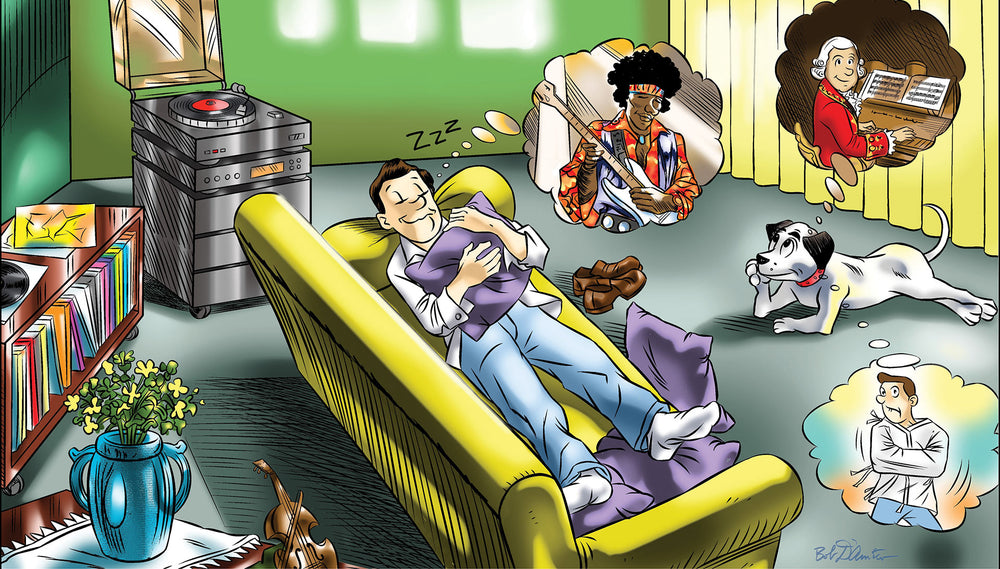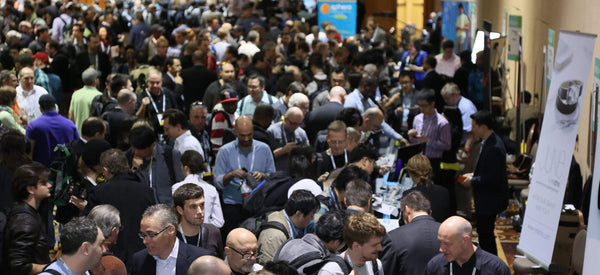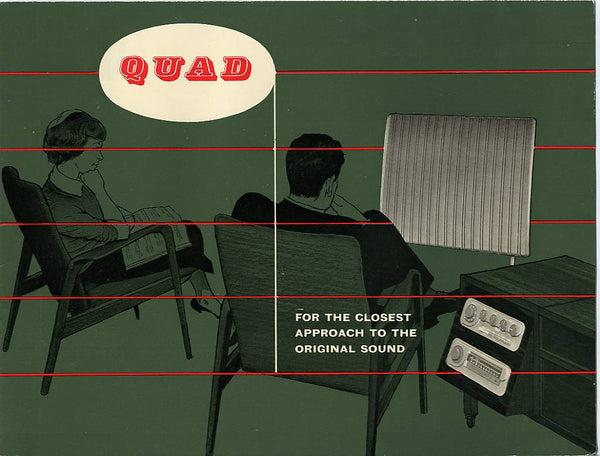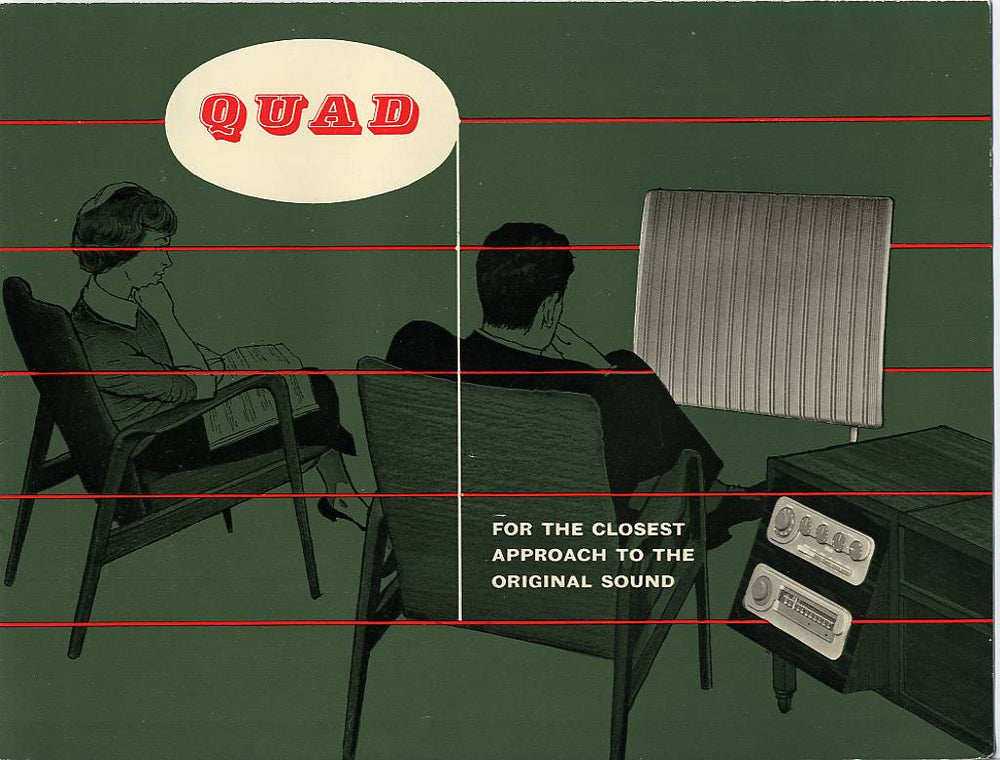When do the best measurements NOT yield the best musical involvement?
I had originally wanted to write about how I chose my personal speakers, and how I voiced them, but – IMO – the issue is simply too long and too complex for Copper articles.
However, there are several things that I re-learned in the voicing process – things that I hadn’t thought about in a while. I’m hoping they might be of use to you as well.
I won’t go into all the details of voicing for best bass. Much of that is in Copper #15, & #17 as well the Get Better Sound book and/or DVDs.
At any rate, I was overjoyed to have found a place in my room with my new speakers that played the most perfect bass I’d ever heard. When I measured it, the response variations were less than +/- 2 dB from below 30 Hz to almost 300 Hz! I’ve measured something like a thousand speakers in rooms in my audio career, but without at least some kind of EQ, I had never before encountered such flat response. There’s usually at least one or two peaks or dips in the best of systems, and always greater than +/-2 dB, due to effects of room dimensions and resulting room resonances.
Unusually excited, I settled in to listen to my system that evening. I’ve always said – and fervently believed – that, until you get the bass – the very foundation of your music – right, you’ll never be satisfied with your sound. When I’ve said “right”, I have meant with the smoothest bass, never expecting it to be nearly a straight-line on a frequency response graph. Not necessarily the deepest bass, but definitely the smoothest – as I described in the articles in Copper #15 & #17.
Yet, I now had both. I reveled in the sound and especially of the bass lines and subtle shifts in bass dynamics and pitch. After a few hours though, I realized I wasn’t completely satisfied. In fact, I realized that I was listening to great sound rather than great music.
After some frustration – trying to understand how something so good could end up not so good – I had an idea.
It turned out that the listening seat position that yielded the most accurate bass (non eq’d) I’d ever seen or heard exhibited a shallow suck-out in the region around 200-400 HZ.
Because it was shallow and it started slowly, I hadn’t noticed that the dip continued downward above 300 Hz.
This area was producing the exact coloration that I mentioned in the GBS book & DVD. When a component or system is lean or slightly down in frequency response in this area (200-400 Hz), it gives the illusion of a mechanically precise sound, but never the compellingly musically sound that we want.
So I moved my seat back and forth a bit and listened to what happened. Ultimately, I ended up sitting back about 4-6 inches. Then – in order to maintain the separation & toe-in that I had chosen as most natural, I needed to address speaker position slightly. Happily, in my room, the seat relocation and the slight speaker relocation adjustments nearly filled in the 200-400 Hz suck-out area. But the bass, although still very good, wasn’t quite as superlative as before.
But now, the musical experience was exceptional. And I’ve never had any desire to go back to that flat uninvolving, technically superior sound. And dozens of advanced listeners who have heard it are unanimously in agreement about the powerful musical impact of the system.
Warning – this is directly related to addressing how we tend to listen – with our ears connected to our brains, or connected to our hearts. By the way, I am not suggesting that one listening preference or the other is the best. That is your personal preference. They are different though, and I am attempting to illustrate the very real differences.
Another instance of technically correct set-up at the expense of the music.
A few months later, I wondered if my system might benefit from having outboard super-tweeters. So, I embarked on that evaluation journey, with some of the most highly respected models. The first pair I tried simply were not a good match, mostly due to efficiency.
So then I tried some really exotic super-tweeters. These had high efficiency (so that I could carefully turn them down in level to match my main speakers). They were 8 ohms, like mine. They used Alnico magnets like mine. I came up with a fairly sophisticated means of dialing them in. I was cutting them in at about 16,000 Hz, and they went up to somewhere way beyond what I can measure (spec’d to at least 50 kHz).
I managed to get them time and phase aligned. When playing music, you could not detect any change in tonal balance. And yet, they defied logic, as various instruments, including voices, seemed noticeably cleaner, especially so on leading edges of transients.
This was super exciting sound! Everyone who heard the system (including a friend and well known industry set-up guy) said it was by far the best sound they ever heard, at any price.
This all took place after my findings about the bass in the room.
One night, maybe around 1 AM, I was up listening and reveling in my sound. I was skipping around, enjoying the sound of virtually every cut I played.
Then it dawned on me. I was listening to sounds once again! When I voice a system, I do it with the primary aim that it will deliver the goods in a powerfully musical way.
So I had extraordinary sound, but musical impact – maybe not so much. Sheesh, you’d think I would’ve learned, but no, sometimes my brain assumes dominance over my heart. Certainly, after my recent discovery with the near-perfect bass, you’d think I wouldn’t fall for the same sort of thing twice, but I did. Especially when you know that – in the past – I’ve referred to this aspect as listening to audiophile sound effects.
I decided to cover up the super-tweeters with a couple of thick towels. Next thing I knew it was after three o’clock as I had once again fallen into the music. Then I disconnected the super-tweets and removed them from the room. I listened to MUSIC until almost daylight.
I’ll never forget that awakening. We can have technically precise audio that may be exciting on the basis of its sound, but if it is at the expense of having each piece of music speak to us, what good is that?
In past, I’ve referred to this aspect as listening to audiophile sound effects
Organic EQ vs electronic EQ
Some of you will remember my interest in electronic EQ & time alignment. Although I wanted it to work, I’ve still not heard a system that was musically satisfying when overall equalization – digital or analog – was employed with 2-channel music. In general, they can sound very correct, but not especially involving.
That’s not to say that such digital EQ cannot possibly be musically compelling. All I can say is that I’ve yet to hear such a system –even when set up by the manufacturer – that wasn’t more precise than profound.
I’ve come to think of physical adjustments that you can do in your room as Organic EQ. When voicing systems, I have called it RoomPlay. Whatever the name, you can dramatically improve your sound without initially having to resort to electronic manipulation. And, if you do need to introduce electronic corrections, do not even think about it until you have done all that you can for your system organically.
If your system is already EQ/d electronically, I am not suggesting that you undo it. I would suggest that you first try to do everything you can to make your system sound its best without eq. Then when you do re-introduce it, it may have to work less hard. Use the eq to touch up small areas, but don’t use it as an overall band-aid.
Here’s an example – it’s only opinion based on extensive experience – I am not representing it as a known fact –
If you have a mid-bass peak in your room, you could possibly reduce it with EQ. And that may be your best choice.
But remember that the peak is almost certainly from a room resonance. When you turn it down by eq’ing it, you are simply turning that whole frequency area down in amplitude. Actually, you haven’t removed the resonance from part of the sound. Its percentage of the fundamental will still be similar, only turned down a bit (well, it will usually be a somewhat smaller percentage to some extent because it’s not resonating as loudly).
So this correct-amplitude bass note will still contain an inordinate amount of resonance even if it is reduced electronically. Why not find the place in the room that doesn’t contain that peak to start with? Then the bass will be more tuneful and be more likely to be musically engaging.
Of course, bass traps can help also, though they are not inconspicuous or inexpensive solutions. But they ARE organic. :)…
EQ & DSP
Umm, that’s Equalization & Digital Sound Processing… 🙂
Some readers have come to the conclusion that I am against any form of EQ or Digital acoustic correction. That’s not necessarily true, except…
I have two significant (for me) concerns with EQ and DSP:
-
It’s not a panacea. Some people think that if they get the response relatively flat, or “fix” time arrival and such, that is all it takes. If you wish to use these programs (as I have), don’t even think about it until you have first done all of the organic set-up techniques.
- Sadly, I’ve heard too many systems that sound technically correct, but were utterly boring musically because the owner or system tuner felt that once the measurement goals were achieved, they were done. Not so!
Soulless
This is a brief observation re: the effects of electronic eq and time alignment – when set solely to meet a measurement standard.
Do you remember how an electronic drum track sounds when you are listening? Most of the music I listen to wouldn’t have one, but when it does, I find it annoying. Maybe it’s just me…
Systems that have been set-up to measure well will generally sound very clean – even technically precise. But from what I have heard to date, it’s not really the sort of ultimate musical involvement I’d want.
It’s if all of the performers are electronically produced – sort of an electronic drum track effect for all instruments and most recordings. Listening to these systems makes me think that the system tuner had a high technical standard, but an insufficient musical standard.
Not saying that it cannot be done – in fact, I think it can. A real marriage of science & art is required. But the majority of the highly touted systems set up with these techniques that I’ve heard to date (including by the manufacturers) are – in a word – soulless.
Be sure to evaluate a system (especially yours) on its musical engagement, even when it measures outstandingly well. Soul music comes in many genres. ☺
But wait, there’s more…
Here are some topics that are waiting for later, in no particular order:
Precise imaging vs. Tone
Depth vs. Presence
If different loudspeaker manufacturers use fundamentally different set-up guides, who is right?
Why wide dispersion for loudspeakers might be a bad idea for home audio
The one thing that your system must have to be musically satisfying
Audiophile “sound effects”
The “around-the-corner” test
Why you should remove unused speakers or short/cover them
Could your chair or sofa be damaging your music reproduction?
Installing a wood floor on your existing concrete slab
How to determine the acoustic transparency of a material to be used for room treatments or speaker grille cloths
How to know when you’ve gone too far with room treatments
The Top Three most important places for room treatments
Why you shouldn’t place equipment or furniture between your speakers
How to avoid the worst sounding location for your system electronics and sources
Fine-tuning tonal balance and stereo imaging with stereo separation and speaker placement
How to use toe-in (speaker angle) to make your speakers seem to “disappear” sonically, as well as to affect their tonal balance
What happens when you listen at different seating heights
Why you shouldn’t consider speaker placement final until you’ve discovered the correct AC polarity for all components
When you should consider trying an asymmetrical speaker/listening positioning for the best bass response
When you should consider a 45-degree placement for difficult rooms
Why you need to have an audio system “road map” and why you must stick to it
The one thing you must do to make sure your vacuum tube electronics perform at or near their peak
Vertical vs. horizontal bi-amplification
Bi-amping with similar amps
Can you adjust spectral balance to +/- .5 dB with your electronic crossover?
When adjusting bass levels with a bi-amplified system, can you shift the crossover point to compensate for the lower or higher level you just selected?
Note: These Copper articles have been partially excerpted and edited from Get Better Sound topics, as well as from their accompanying Quarter Notes newsletters.


























